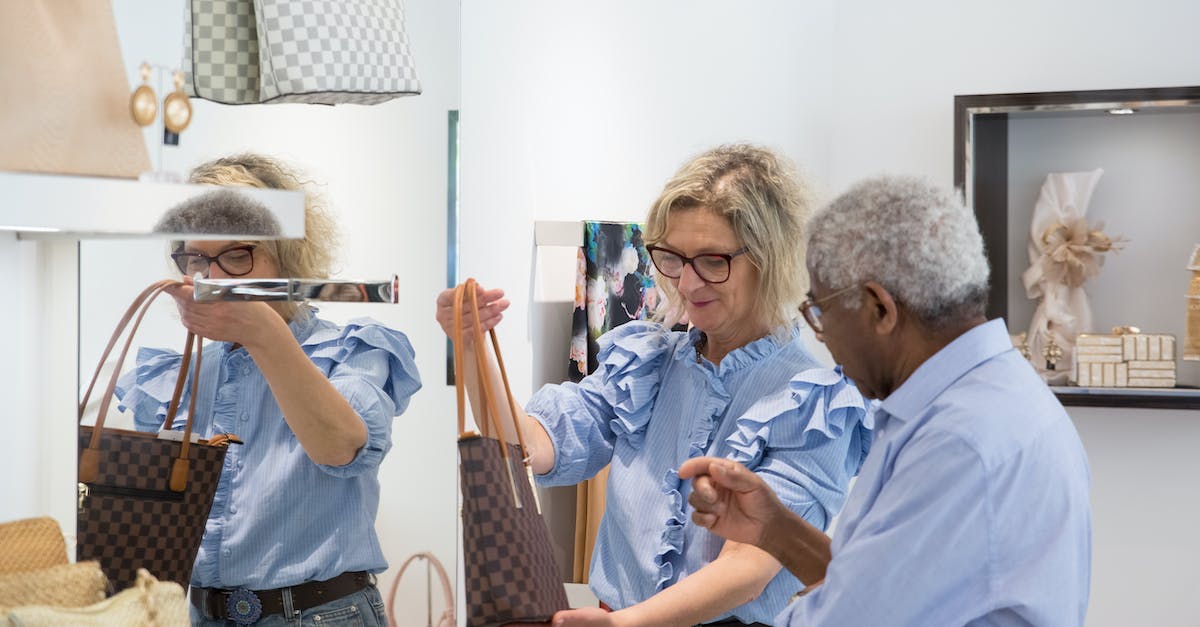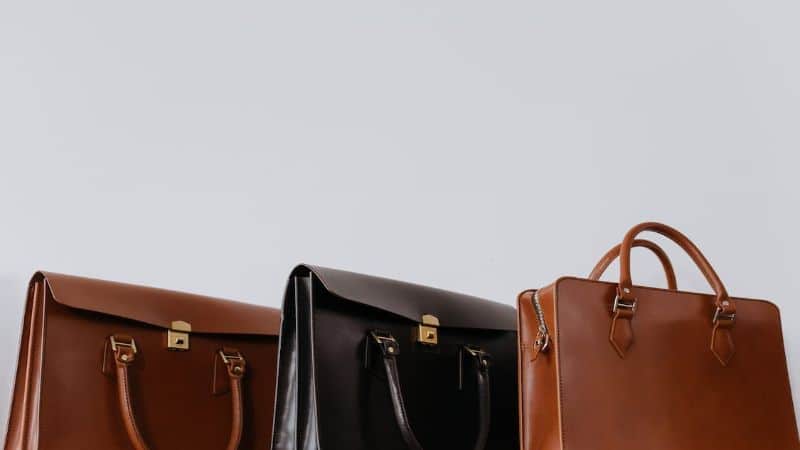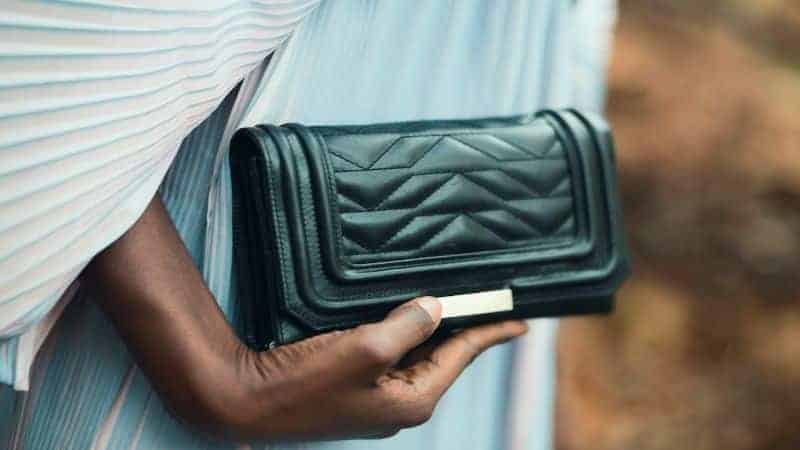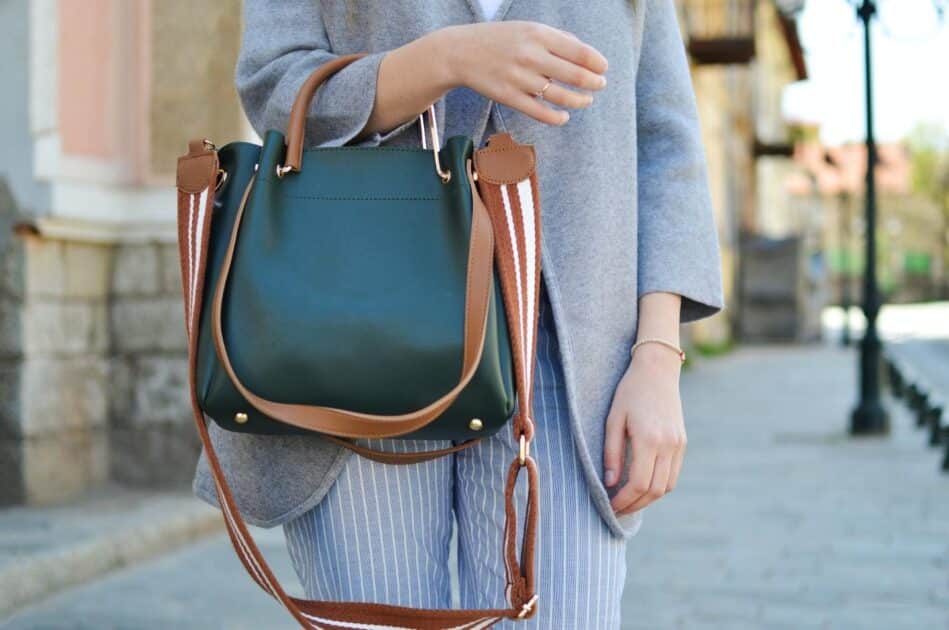You’ve got a thing for handbags, don’t you? They’re your kryptonite, hanging there in the store, whispering your name. But let’s face it, your closet’s bursting, and your wallet’s feeling the pinch.

It’s time for a change. You’re ready to break the cycle of endless handbag buying. Whether it’s to save money, declutter your life, or simply to challenge consumerist habits, you’re on the right track.
In this article, you’ll discover practical tips that’ll help you resist the urge to add just one more bag to your collection. Get ready to take control and make space for more than just another handbag in your life.
Identify Your Triggers
Recognizing what prompts you to purchase another handbag is crucial. It could be an emotional response, a sale you can’t pass up, or even the thrill of adding a new accessory to your collection. Let’s break down these triggers and how you can address them.
Emotional Spending often leads to impulsive buys. You might be feeling down and looking for a pick-me-up, or perhaps you’re riding the high of a recent achievement. Either way, buying a handbag becomes a reward or a consolation. Instead of reaching for your wallet:
- Take a moment to reflect on your feelings.
- Engage in an alternative activity that uplifts you, like walking or calling a friend.
When it comes to Sales and Discounts, they’re designed to create a sense of urgency. But just because an item is on sale doesn’t mean it’s a necessity. Ask yourself:
- Do I need this, or is the deal just too tempting to ignore?
- Will this purchase add real value to my life or wardrobe?
The allure of The Latest Trends can be incredibly powerful. You see a style dominating Instagram feeds, and it’s easy to feel like you need it to stay current. However, trends are fleeting. Consider whether:
- This handbag truly matches your personal style.
- You’ll still love it once the trend has passed.
By pinpointing these triggers, you’ll become more mindful of your handbag shopping habits. Redirecting your focus from purchasing to analyzing why you feel the urge is a strong first step in changing your behavior. Plus, you’ll likely find that by addressing these triggers head-on, you’re not only saving money but also gaining a sense of empowerment over your buying decisions.
Assess Your Collection
Before you add another handbag to your already burgeoning collection, take a candid look at what you already own. Lay out all your handbags and examine each one. Ask yourself a few key questions:
- When did you last use each bag?
- Does each one fit your current lifestyle and fashion sense?
- Are there duplicates or very similar styles?
Be ruthless in your assessment. It’s easy to hold on to items for sentimental reasons, but space and practicality are paramount. If you’ve got handbags that haven’t seen the light of day in over a year, it might be time for them to go.
Here’s a practical tip to help you decide what stays and what goes: place a tag on each bag with the date of its last outing. If you revisit this tag after a few months and the date hasn’t changed, you’ll know it’s not an essential piece.
Consider the condition of each handbag too. Worn-out bags that are past their prime don’t do your style any favors. A well-maintained bag, on the other hand, can elevate even the simplest outfit. So, prioritize quality over quantity. If repairs are needed and you truly love the bag, get it fixed. Otherwise, consider parting ways with it.
Finally, think about functionality and versatility. It’s tempting to keep bags that are unique or have a sentimental attachment, but if they’re not serving a purpose or can’t be paired with multiple outfits, they’re just taking up valuable space. Keep the bags that you genuinely enjoy using and that complement various looks in your wardrobe.
By critically evaluating your handbag collection, you’re not only making room for new favorites but also ensuring that your wardrobe is curated and functional. Remember, a streamlined collection speaks volumes about your personal style and self-awareness in fashion choices.
Set a Budget
Establishing a budget is crucial for curbing your handbag spending. First, figure out what you can comfortably afford without compromising your finances. Next, designate a portion as your handbag fund. Sticking to this budget will force you to be more selective and cut down on impulse buys.
When you allocate money for handbags, be realistic. Your budget should fit your income and expenses. If you’re unsure where to start, review your bank statements from the past few months. Look for patterns in your spending and find areas where you can cut back. Perhaps you’ll notice that takeout dinners could be swapped for homemade meals, freeing up cash for your handbag budget.
Here’s a simple guide to setting up your budget:
- Review Your Finances: Identify your monthly income and existing expenses.
- Set Priorities: Determine how much you’re willing to allocate to non-essential items like handbags.
- Establish Limits: Decide on a monthly or yearly cap for handbag purchases.
Once your budget is clear, track your handbag expenses rigorously. There are several methods to help you stay on track:
- Use a Budgeting App: Log your purchases and monitor your spending trends.
- Cash Envelopes: Withdraw your handbag budget in cash and only spend what’s in the envelope.
- Wishlist: If a handbag exceeds your budget, place it on a wishlist. Waiting can help you decide if it’s worth the investment.
Remember that sales and discounts can lead to overspending. Even if an item is marked down, it doesn’t mean you should buy it. Always refer back to your budget. If it’s not planned for, skip it. This restraint ensures you value quality over quantity and invest in handbags that truly suit your lifestyle. Keep abreast of your collection’s condition and versatility. This helps in making informed decisions about new purchases.
Find Alternatives
« YSL Handbag vs Gucci Showdown: Which Luxury Icon Wins?
How to Keep Purse from Peeling: Pro Tips to Protect Your Investment »
When the urge to buy a new handbag hits, consider channeling that desire into other fulfilling activities. Hobbies offer a distraction and can prove as satisfying as a new purchase. Whether it’s painting, gardening, or even a sport, hobbies can give you a sense of accomplishment.
If fashion is your passion, redirect your focus toward reinventing old outfits. Pairing different clothes can create fresh looks without adding another handbag to your collection. Fashion is cyclical. Today’s handbag might not suit tomorrow’s trend—keep that in mind.
Here’s a quick tip: organize a clothes swap with friends. It’s not only about recycling clothing but also accessories, potentially including handbags. This way, you’ll freshen up your wardrobe without spending.
DIY projects can also be a game-changer. Personalizing a handbag you already own can give it a new lease on life. Try adding badges, painting, or even sewing new elements to reinvent it.
Money saved from not buying handbags can be allocated to experiences, like travel or classes for personal development. These investments provide lasting value and memories over ephemeral joy from a new handbag.
Remember, the key is to divert the impulse to a more productive or rewarding avenue. You’ll likely find that the satisfaction from these alternatives is far more enduring than the fleeting thrill of a purchase.
To successfully find alternatives:
- Identify hobbies or interests that you can immerse yourself in when you’re tempted to shop.
- Get creative with your current wardrobe and explore the hidden potential in your existing handbags.
- Consider the long-term benefits of experiences over possessions.
By incorporating these strategies, you strike a balance between your love for handbags and a more sustainable, fulfilling lifestyle choice.
Embrace Minimalism
Embracing minimalism can revolutionize your relationship with fashion and handbags. Minimalism isn’t about giving up what you love; it’s about cherishing quality over quantity. Begin by auditing your current handbag collection. Ask yourself: How many do I actually use? It’s likely you’ll find that only a few are in regular rotation.
Next, set clear criteria for future purchases. Only buy a new handbag if it meets a specific need your current collection doesn’t address. This principle helps you avoid impulse buys and keeps your collection versatile without being excessive.
When you feel the urge to shop, redirect your focus to the handbags you own. Reorganize and display them to reignite your appreciation. Seeing what you have through a fresh lens can dampen the desire for newness.
Invest in timeless styles. Classic designs withstand the ebb and flow of trends. They pair well with various outfits and occasions, reducing the need for multiple handbags. Limiting yourself to versatile, timeless pieces also aligns with sustainable fashion practices.
Implement a one-in, one-out policy. Should you decide to add to your collection, let go of a handbag that no longer serves you. By doing so, you maintain a curated collection that reflects your current taste and lifestyle.
Link your minimalist approach with financial goals. Money not spent on the latest handbag can contribute to your savings. Watch your bank account grow as your closet simplifies.
In following these steps, you harness the power of minimalism. It’s a tool not just for decluttering your space but for focusing your fashion choices on what genuinely matters. You start to build a collection that speaks to your personal identity, not just the fleeting whims of fashion trends.
Conclusion
You’ve now got the tools to curb your handbag habit and take control of your fashion choices. Remember, it’s all about being mindful of your triggers and making intentional decisions. Give yourself the freedom to explore the bags you already own and let your personal style shine without the pressure of fleeting trends. Embrace the minimalist mindset and watch as it transforms not just your closet, but also your financial well-being. Stick to your criteria, and you’ll find that less really can be more. Here’s to stepping out with confidence, knowing every handbag in your collection has a purpose and a story that resonates with who you are.
Frequently Asked Questions
What are some common triggers that lead to buying handbags?
Common triggers include emotional spending, the temptation of sales and discounts, and the desire to keep up with the latest trends.
How can I resist impulse buying due to emotional spending?
Consider engaging in alternative activities that offer fulfillment, and practice self-reflection to understand better why you feel compelled to make a purchase.
Are sales and discounts always worth it for handbags?
Not necessarily. It’s important to question whether the item is truly necessary, or if you’re being swayed by the perception of getting a deal.
How can I determine if a handbag is a worthwhile purchase?
Evaluate whether the handbag fits your personal style, will remain relevant beyond current trends, and if it complements your existing wardrobe.
What is minimalism in the context of handbag purchases, and how can it help?
Minimalism involves being more intentional with your purchases, which includes auditing your existing collection, setting purchase criteria, and focusing on timeless styles. This approach can lead to a more sustainable and fulfilling shopping habit.
What is a one-in, one-out policy?
A one-in, one-out policy means that for every new handbag you purchase, you should let go of one you already own, helping to maintain a balanced and clutter-free collection.
How can adopting minimalism impact my financial goals?
By reducing the number of handbags you purchase and focusing on quality over quantity, you can save money and align your spending habits with your broader financial objectives.








